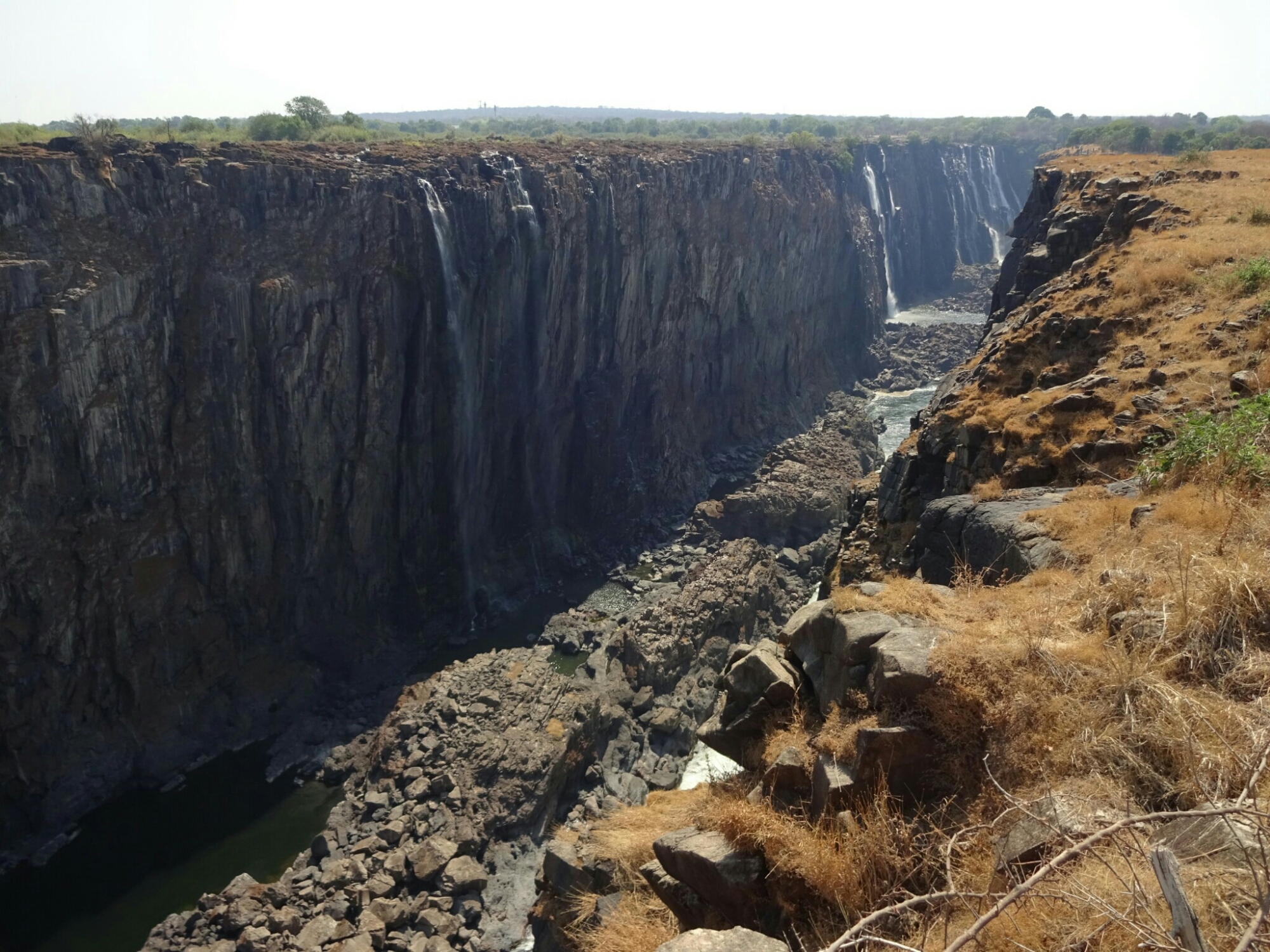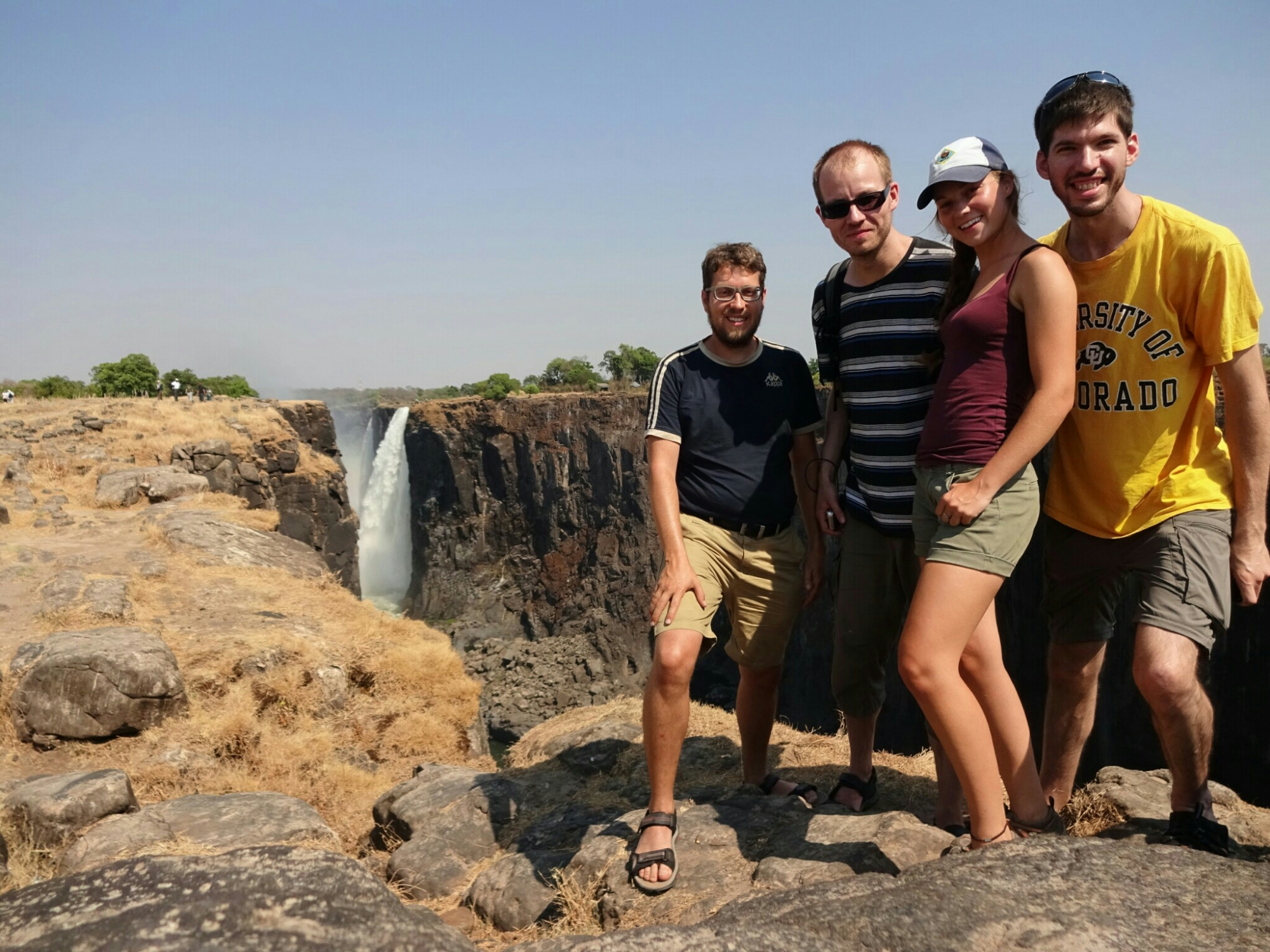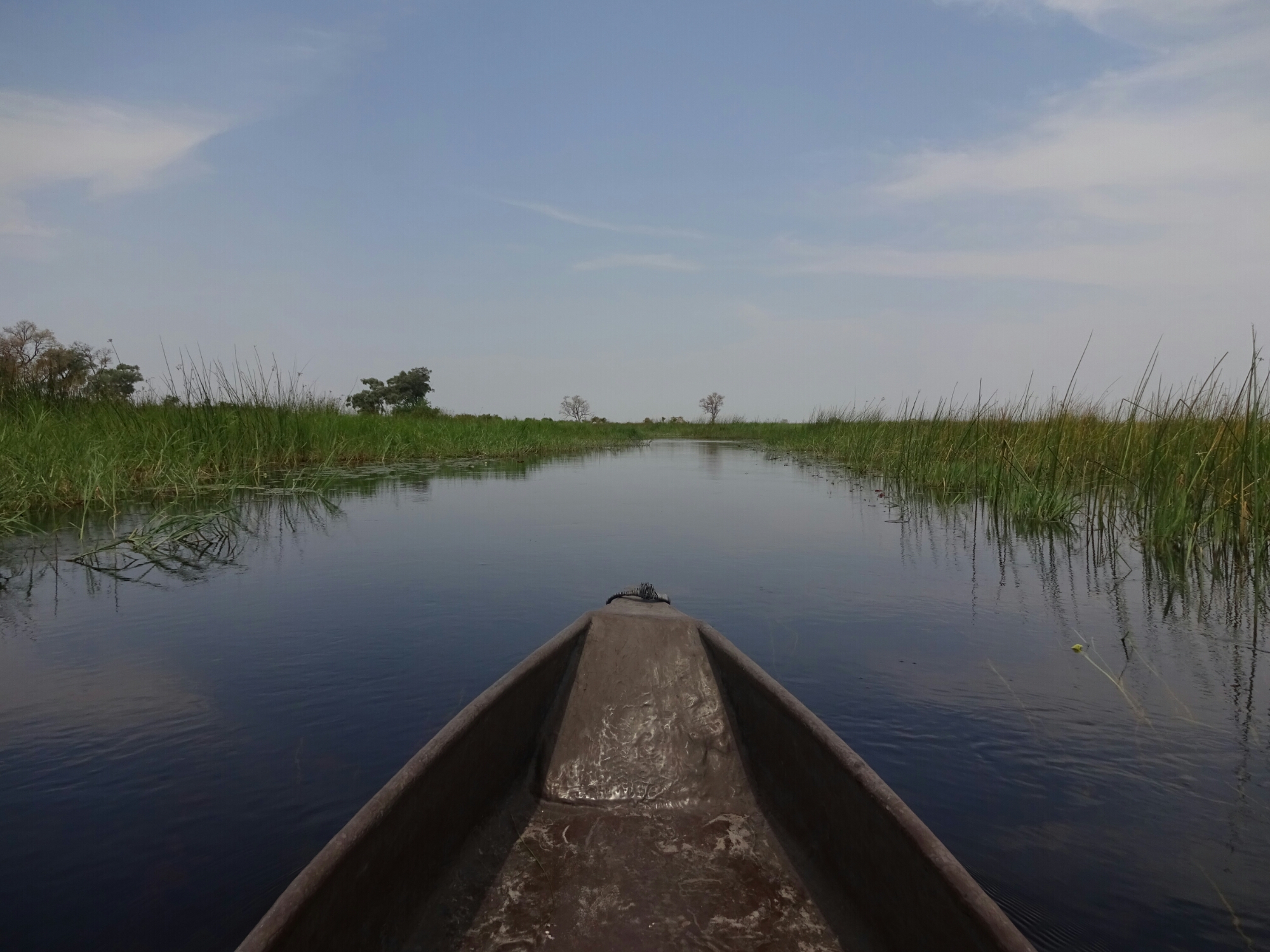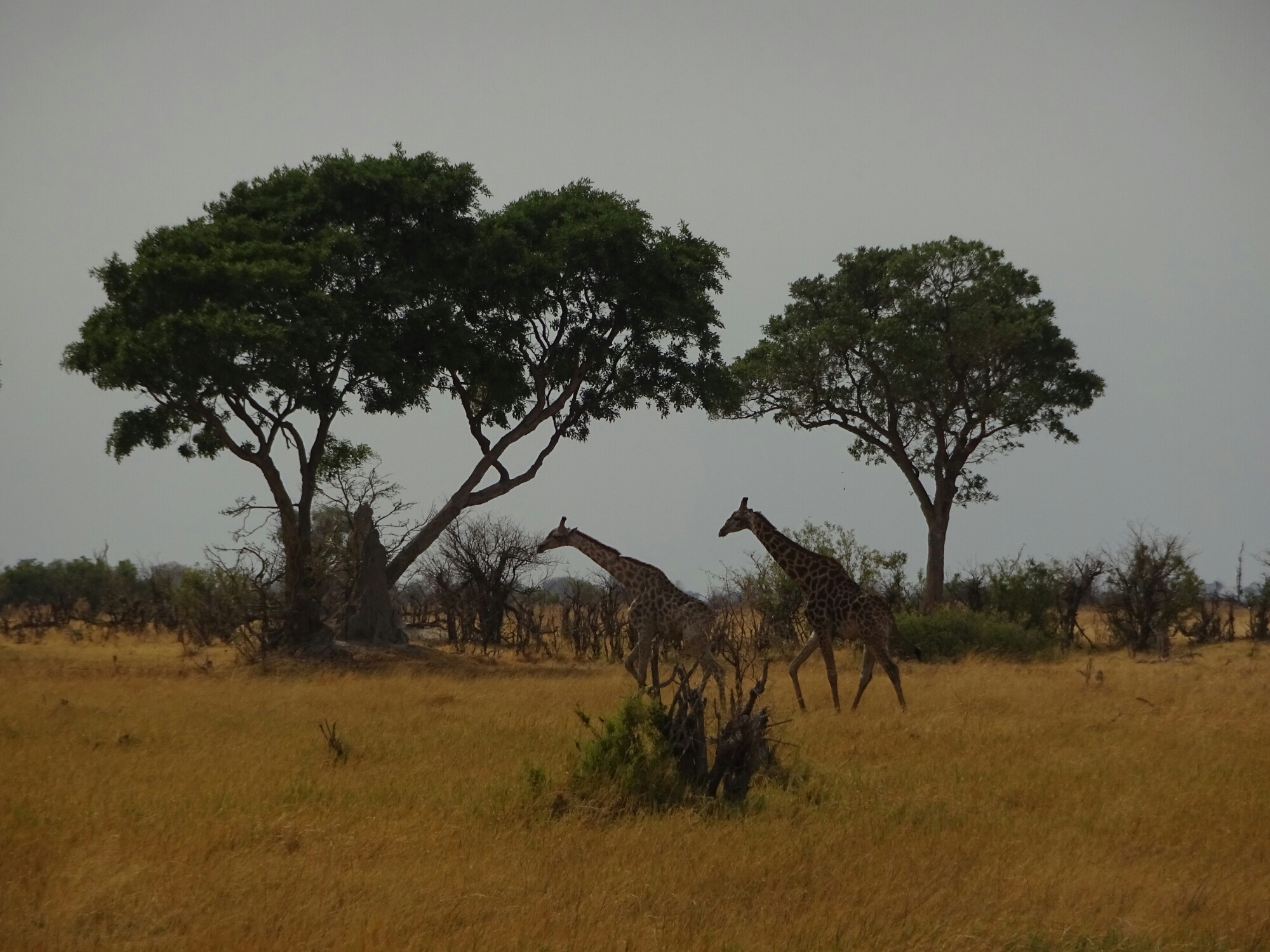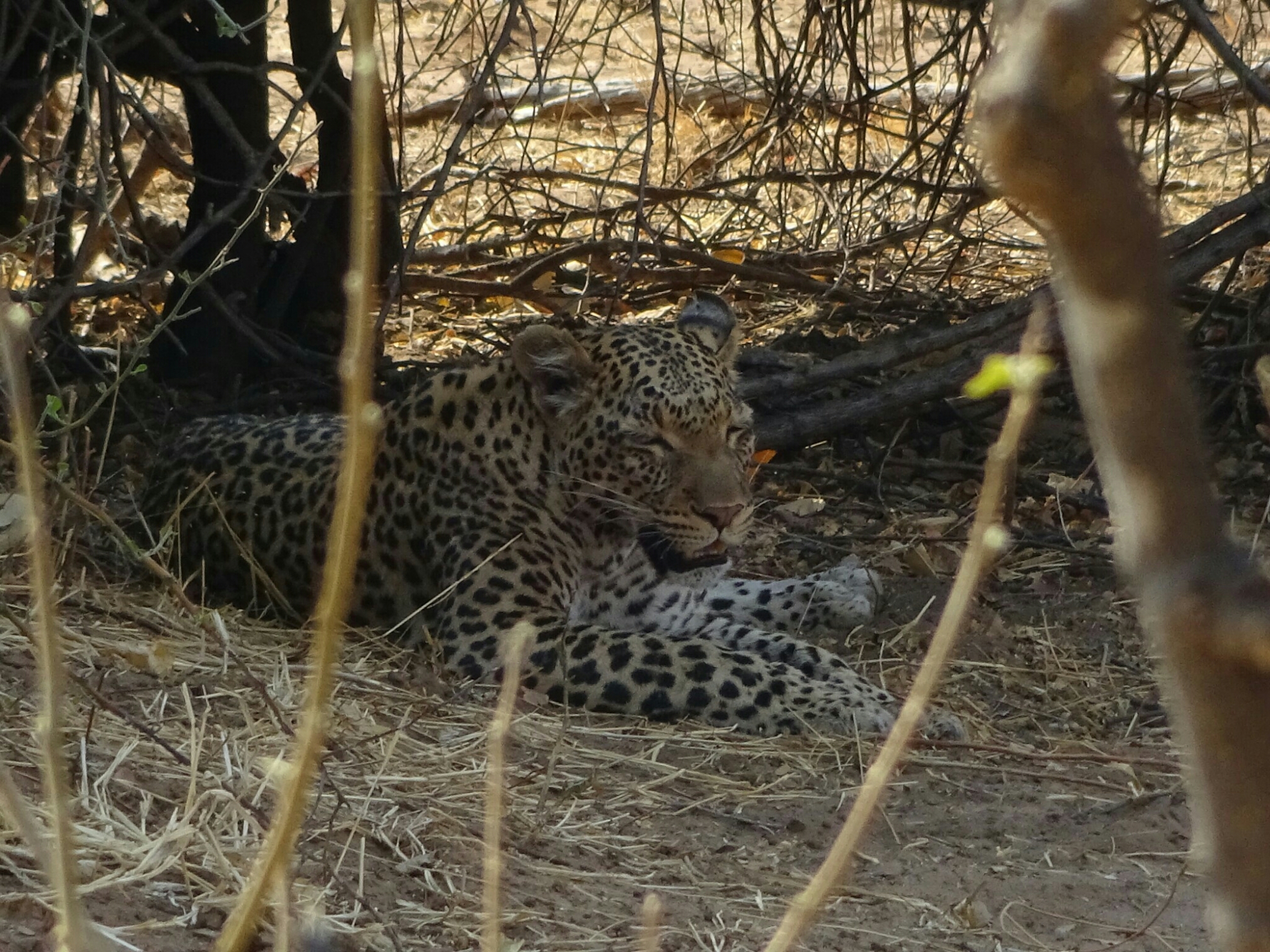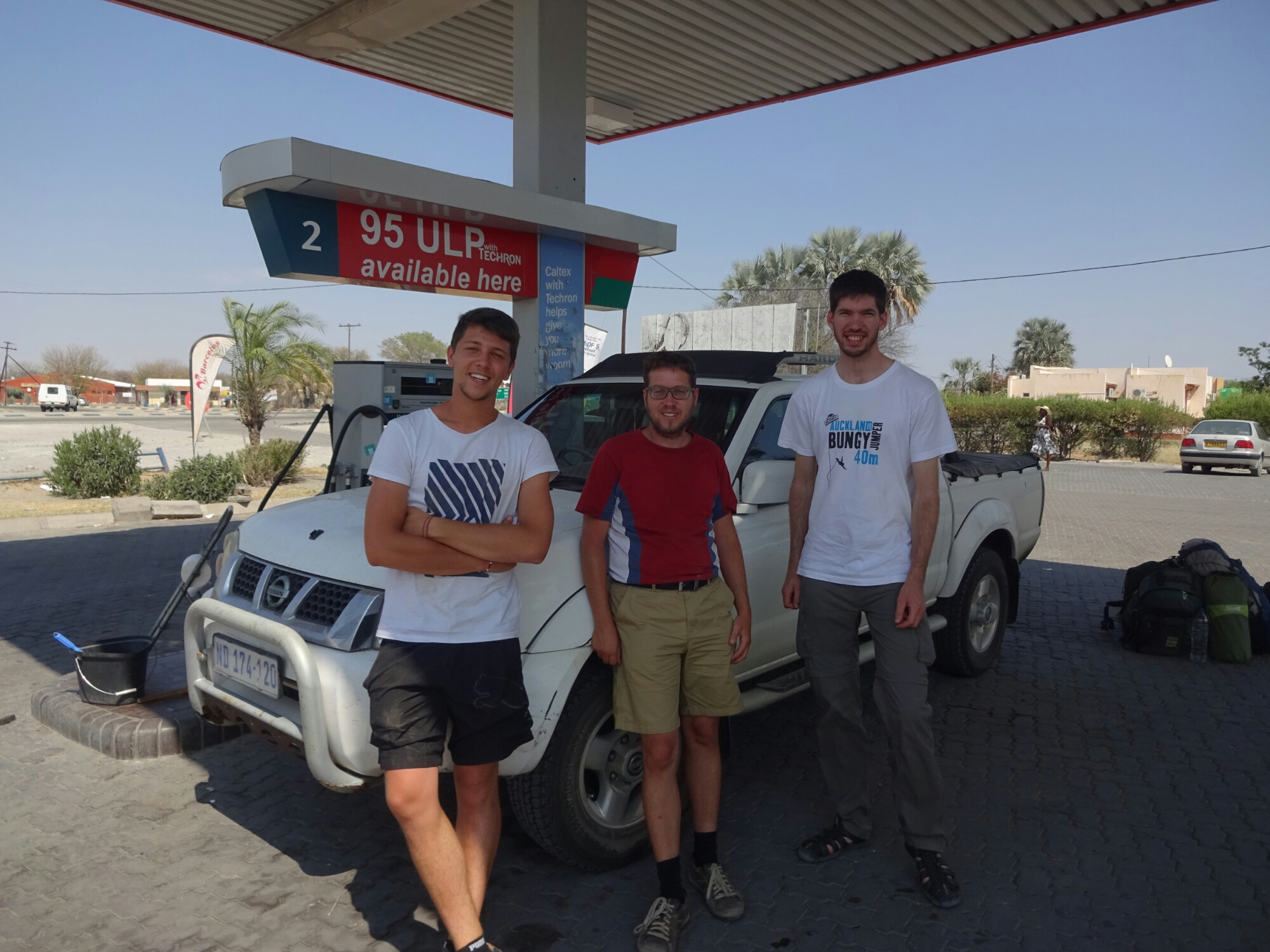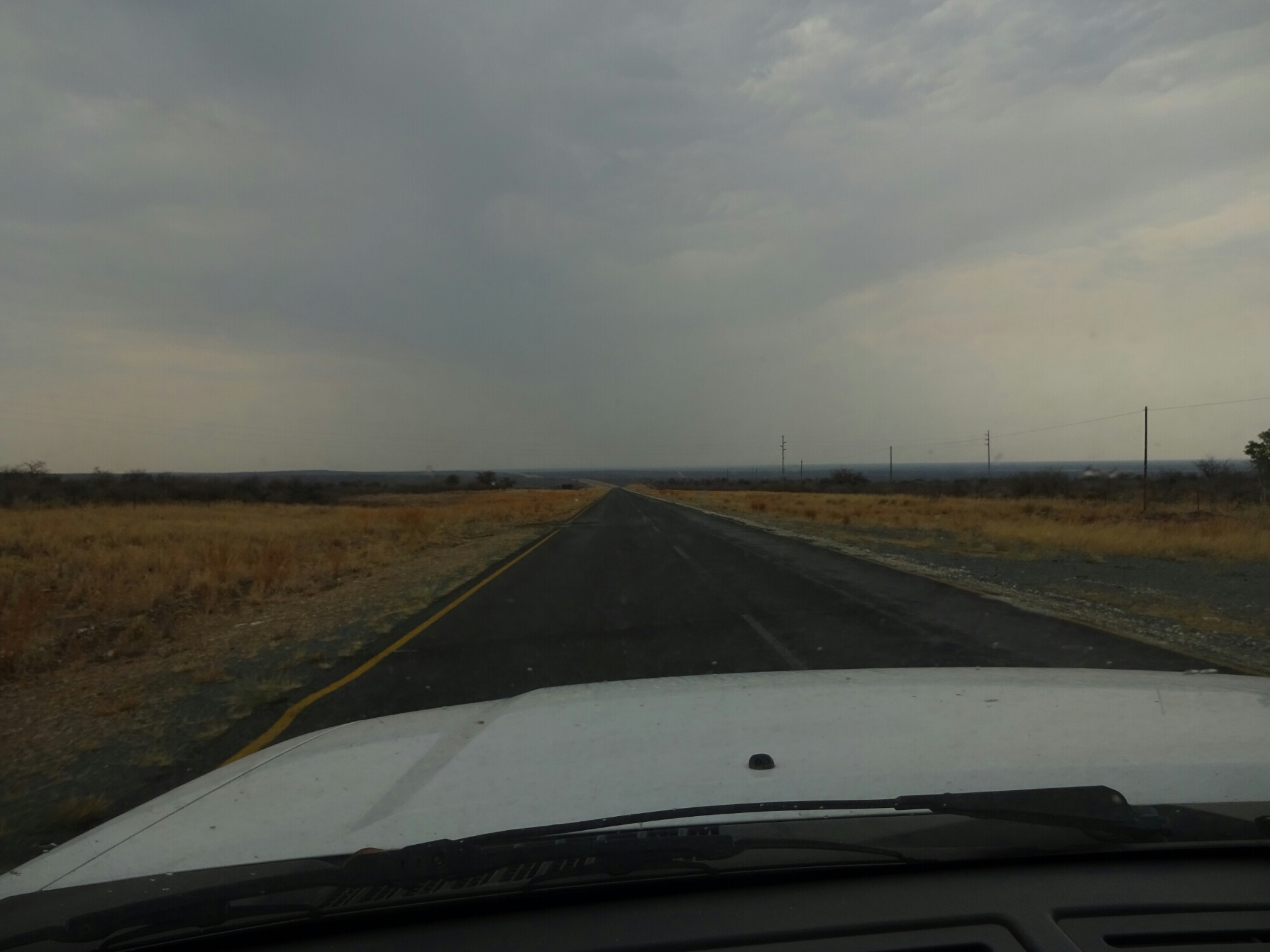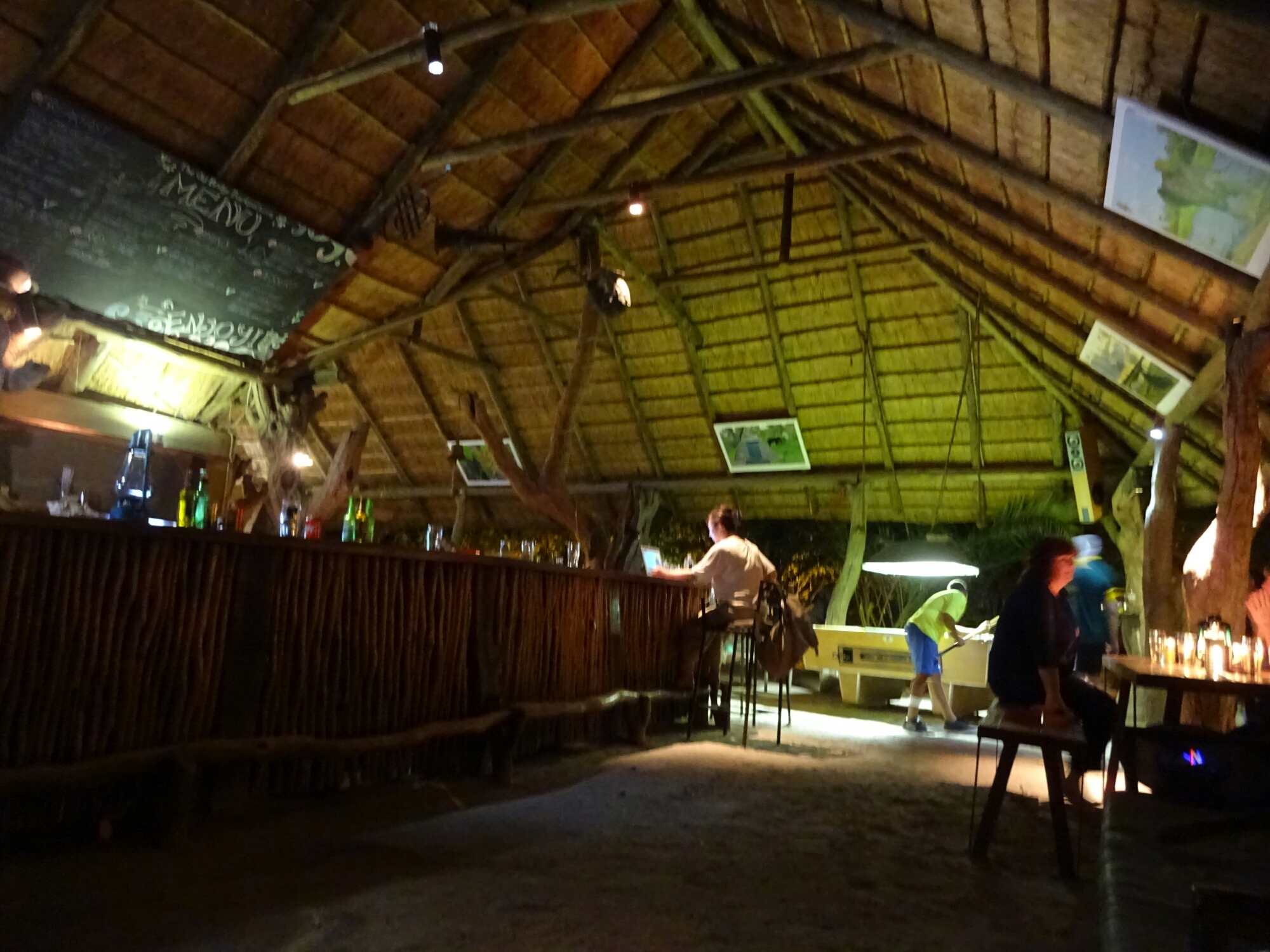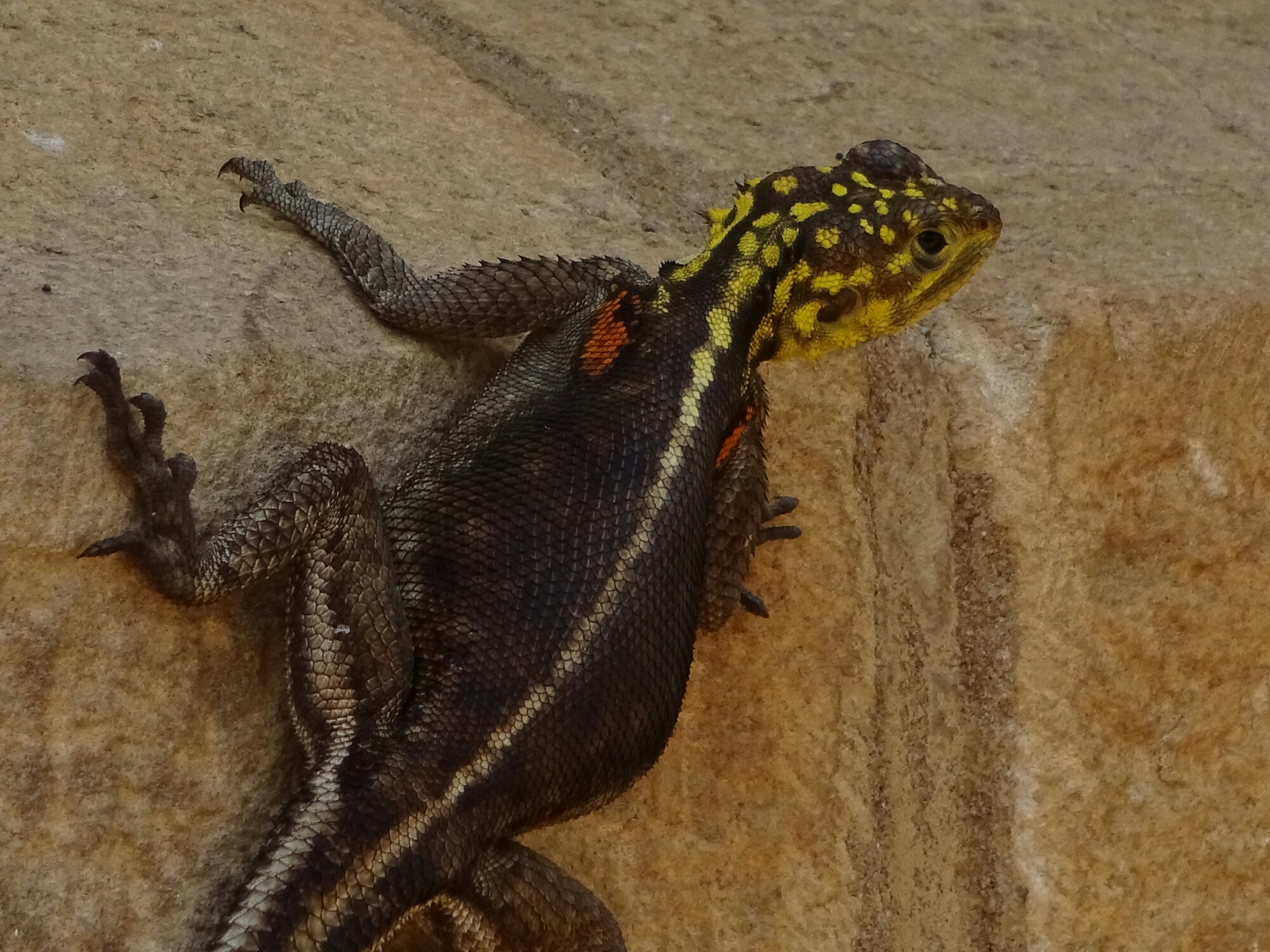From the Victoria falls I took a bus to go back to Windhoek and from there a local bus to get to Lüderitz, located in the south west of Namibia. All in all it was a nearly continuous bus ride of 30 hours to meet some people that I’ve never met before. Cameron and Natasha are real travel bloggers, who travel the world to make money (www.theworldpursuit.com). They have been in Cape Town for the last few months, bought a car and are driving it through Africa right now. Since their travel itinerary for Namibia looked nice, I decided to join them here in Lüderitz.
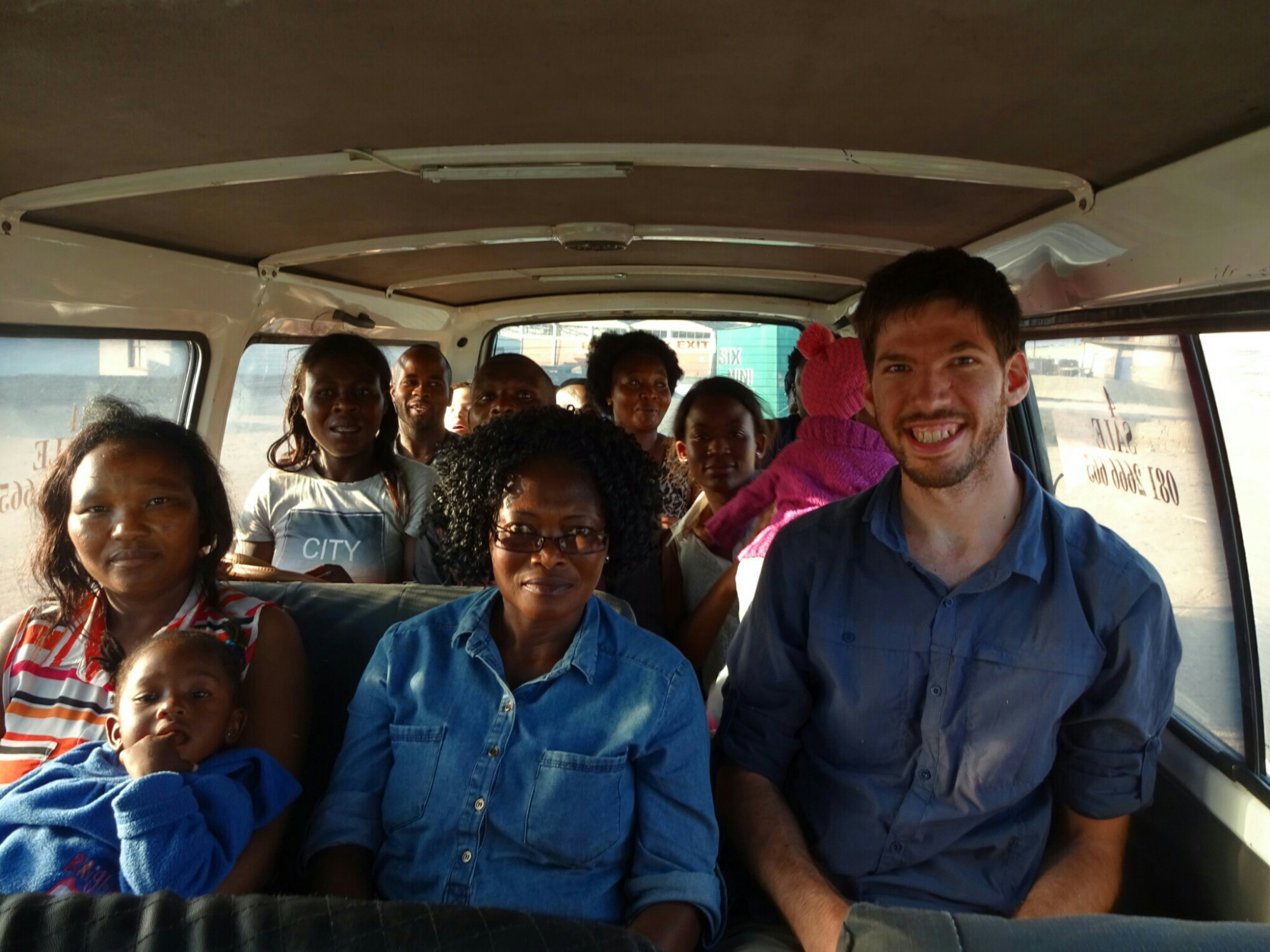

Lüderitz, as you may guess, is also strongly influenced by the Germans, who came here in the early 1900s. It is surrounded by desert, which made the accessibility very difficult. Even nowadays they have problems of rebuilding the railway connection to Keetmanshoop, because sand dunes keep on moving and blocking the tracks. Back in the days they also used covered wagons for the inland connection. During a sandstorm, one of them got stuck and by the time it was over, he found a diamond at that spot. This led to the founding of Kolmanskop (Kolmannskuppe).

Kolmannskop, now a ghost town, was once a bustling town with about 400 Germans, 50 children and 800 natives. Besides from having a general store, a butcher and a community hall, they also had a bowling alley and an ice factory. Each household (probably except for the natives, who were exploited) would get one block of ice per day for free to use it for their fridge. The melted water was collected and could be used as drinking water. They even had a hospital, which was in use until the late 1950s.

Together with Jan-Hein and Carola, a Dutch couple who had arrived with me in Lüderitz and who had come with us to Kolmannskop, we left in the direction of Keetmanshoop. We set up camp about half way to have a look at the Garub wild horses. However, they are not very wild at the moment, because they have to be fed on a regular basis due to the scarce availability of food during this unusually long dry period. Curious and hungry they came right up close.
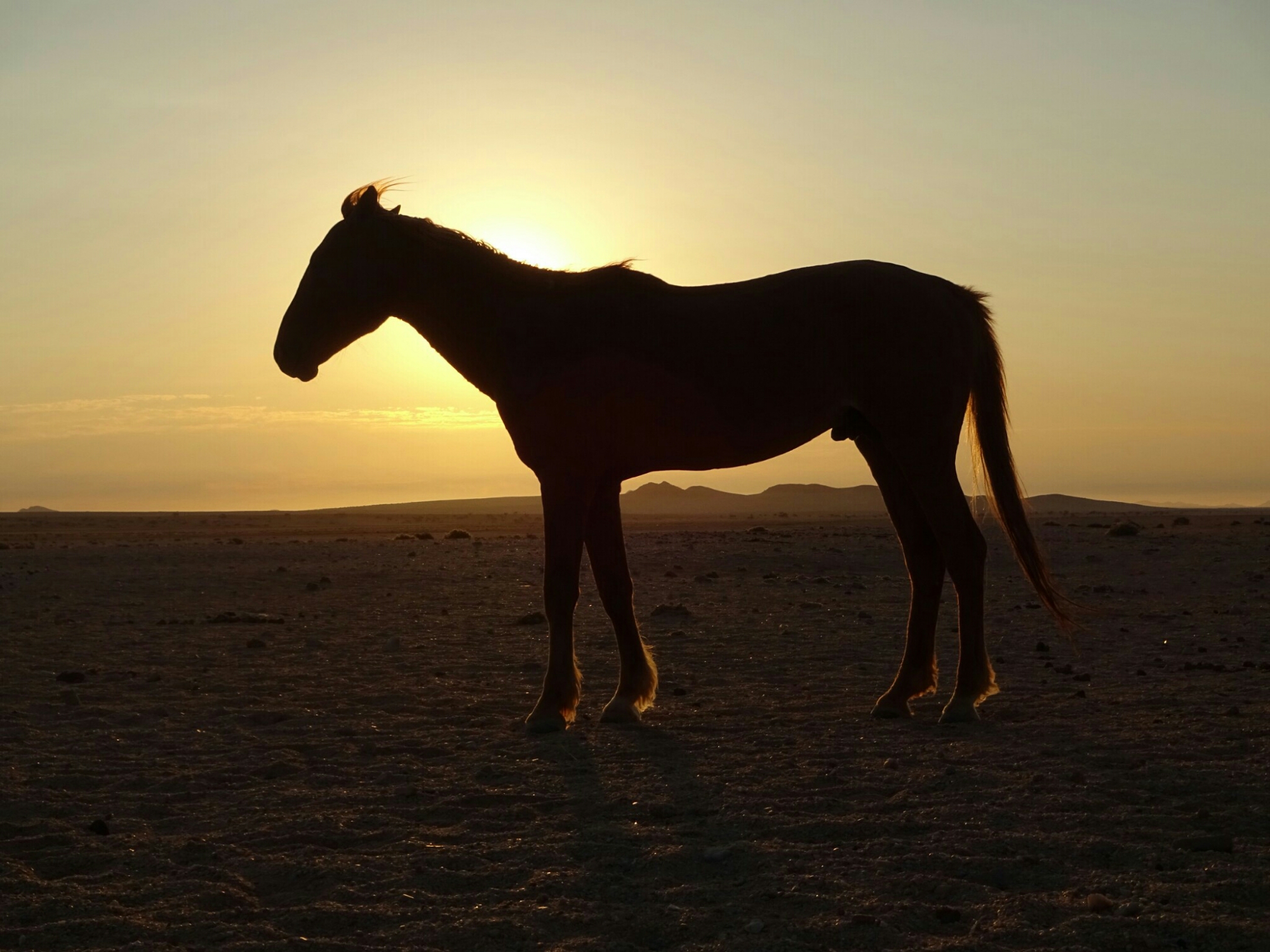
Then, although I wanted to join Cameron and Natasha, I decided to meet them again later, because they have to work for about a week (taking pictures for different lodges). This gives me the opportunity to stay with Jan-Hein and Carola, who want to visit the Fish River Canyon. Our first plan was to rent a car and drive there by ourselves. However, Keetmanshoop doesn’t have any rental cars, despite being so close to a major Namibian attraction. Luckily there is Rudy, who is offering day trips to the canyon (or the Kalahari, or the quiver tree forest and the devil’s playground) in his nice car with four wheel drive. He’s been doing these tours for the last ten years and is thinking about expanding his business.

The Fish River Canyon is the second largest canyon in the world after the Grand Canyon and is also very impressive. There is a hiking trail at the bottom of the canyon, but it’s only opened in the cooler months between May and September. Right now there is only very little stagnant water left and the hiking is limited to the rim area, which still allows for stunning views down to the riverbed.

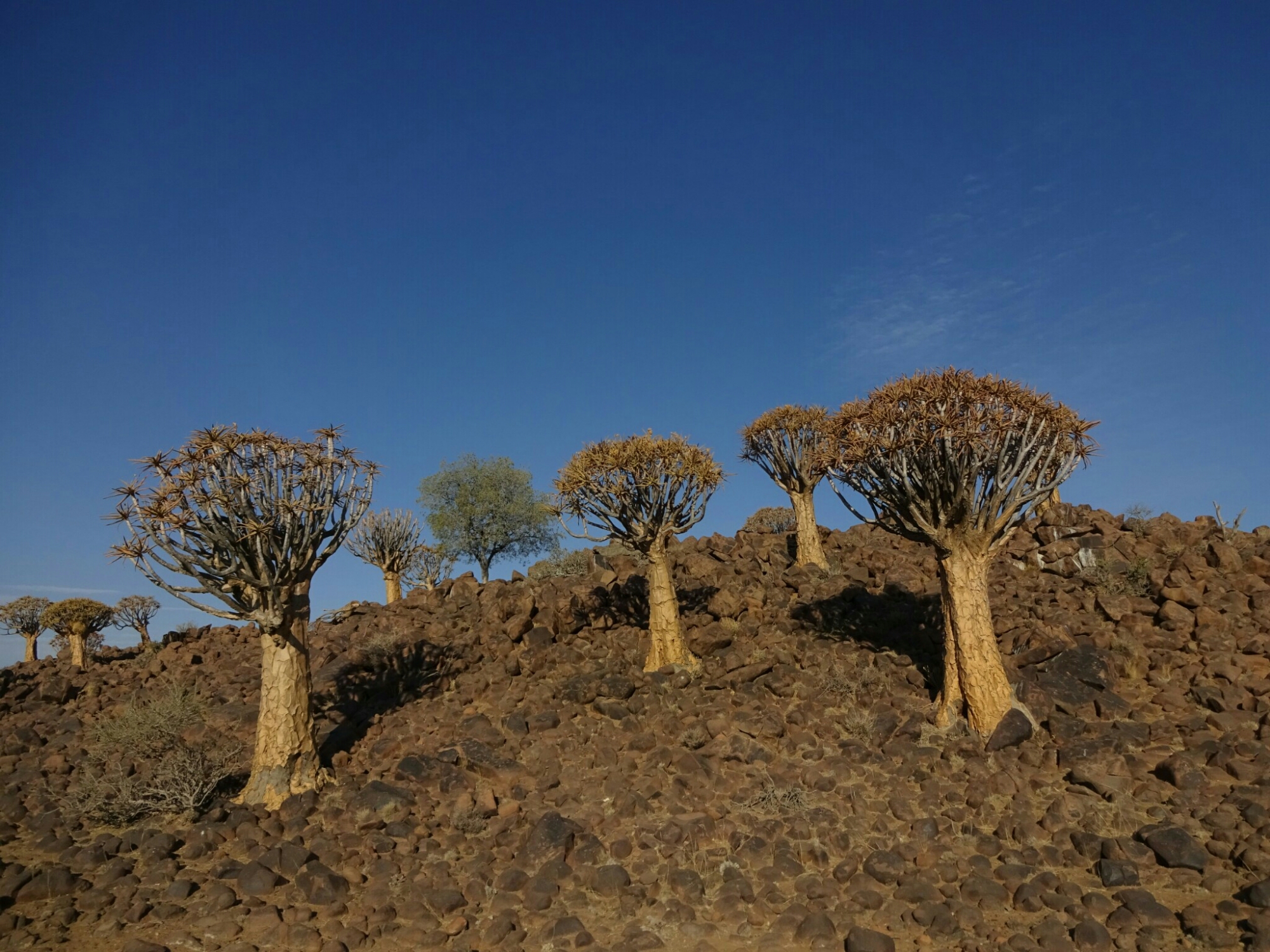
And what is missing in the wild west? Right, the train ride. After saying goodbye to Jan-Hein and Carola, I boarded the night train back to Windhoek, where I’ll meet up with Teemu again.


